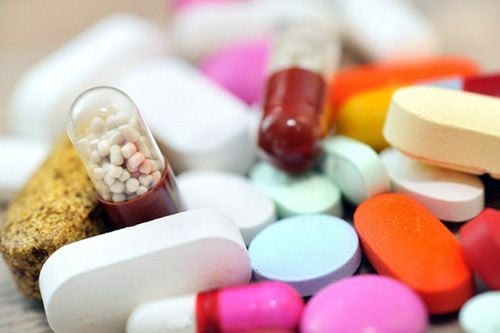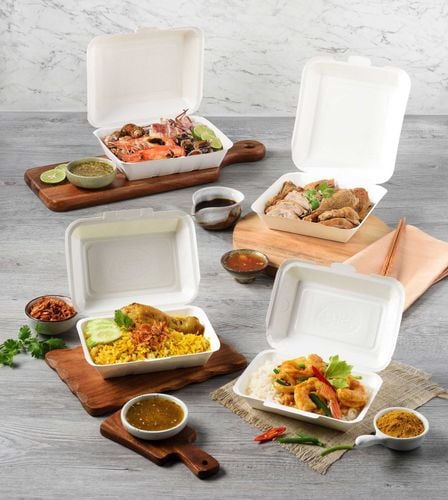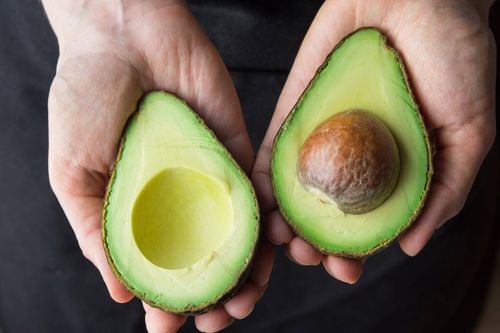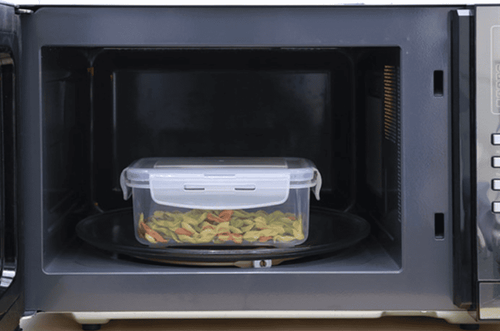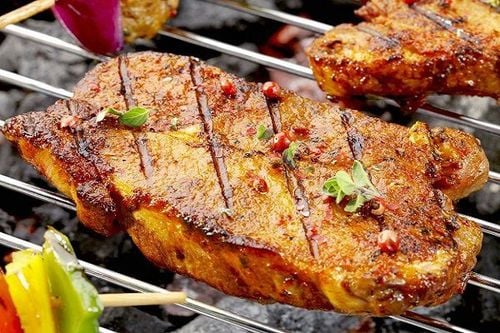This is an automatically translated article.
Plastic is a synthetic or semi-synthetic material that is durable, lightweight and flexible. Thanks to these properties, plastic is processed into a variety of products, including medical devices, auto parts, and household items such as food containers. However, have you ever wondered if plastic is microwaveable? Because this is now a habit of many people.
1. Classification of plastics
Plastics are also known as plastics or polymers. They are materials containing long polymer chains containing several thousand repeating units called monomers. Plastics are often made from oil and natural gas or from other renewable materials such as wood pulp and cotton fibres.
At the bottom of most plastic products you'll find a recycling triangle with a number between 1 and 7. This number is an identification code that lets consumers know what kind of plastic the plastic is made of. what. There are 7 main types of plastic and related products, including:
Polyethylene terephthalate (PET or PETE) : soft drink bottles, peanut butter jars, cooking oil containers... High Density Polyethylene (HDPE) : boxes detergent and hand soap dispensers, milk jugs, butter containers... Polyvinyl chloride (PVC) : plumbing, medical tubing, electrical wiring, shower curtains and synthetic leather products. Low-Density Polyethylene (LDPE): plastic bags, squeeze bottles and food packaging. Polypropylene (PP): bottle caps, yogurt containers, food containers, baby bottles and shakers. Polystyrene or Styrofoam (PS): disposable food containers, disposable plates and cups. Others: include acrylic, polycarbonate, polylactide, acrylonitrile butadiene, styrene, fiberglass, and nylon. Some resins incorporate additives, coloring agents, enhancers and stabilizers to achieve the desired properties of the finished product (lower cost, better quality...).
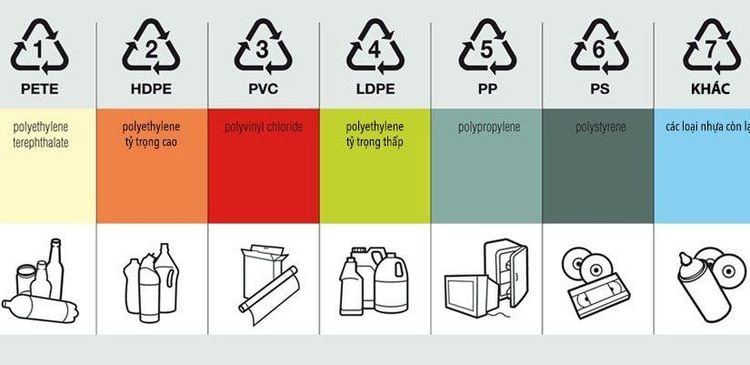
Đồ nhựa dùng cho lò vi sóng cần được phân loại phù hợp
2. Can the plastic box be microwaved?
One of the biggest concerns about using plastic in the microwave is that it can cause harmful additives to leach into foods and beverages. Especially chemicals like bisphenol A (BPA) and phthalates are often added to the composition of plastic to create durability and increase flexibility. BPA can disrupt the body's hormones and has been shown to be linked to obesity, diabetes, and reproductive harm. BPA is found primarily in polycarbonate (PC) 7 plastic, which has been widely used since the 1960s to make food containers, drinking glasses and baby bottles.
BPA from these plastics can leach directly into foods and beverages over time or when the plastic is exposed to heat, for example when heated in a microwave oven.
However, today, some manufacturers of food processing, preservation and serving products have changed their production of PC plastic to BPA-free plastic such as PP. The Food and Drug Administration (FDA) also prohibits the use of BPA-containing materials in the packaging of infant formula, cups, and bottles to ensure consumer safety.
However, studies have shown that even BPA-free plastic products can release other hormone-disrupting chemicals such as phthalates or bisphenol S and F (BPS and BPF) into foods when cooked with microwave. Therefore, you should avoid using plastic in the microwave, unless it is a special container that has been shown to be safe to heat in the microwave.
MORE: Are microwaves making our food less healthy?
3. Ways to Reduce Exposure to BPA and Phthalates
While the heat in the microwave does accelerate the release of BPA and Phthalates from plastic, that's not the only way these chemicals can leach into foods or beverages. There are still other factors that increase chemical release, including:Place food in plastic containers that are still hot. Scrubbing the plastic box with an abrasive material, such as steel wool, can scratch the can. Use the containers for a long time. Wash the container in the dishwasher several times over a long period of time.
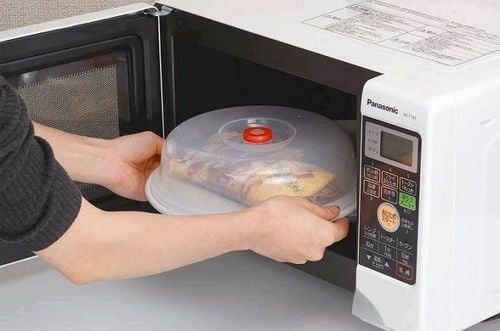
Hộp nhựa dùng cho lò vi sóng cần được đảm bảo tiêu chuẩn nhất định
As a general rule, plastic containers that are cracked, open or showing signs of wear should be replaced with BPA-free plastic or glass containers. Today, many food containers are made from BPA-free PP plastic.
You can identify a storage box made from PP plastic by looking at the bottom of the product for a PP stamp or a recycling sign with the number 5 in the middle.
Plastic food packaging such as plastic wrap can also contain BPA and phthalates. Therefore, if you need to store food in the microwave, use wax paper, stencils, or paper towels.
MORE: 5 tips for safe microwave use
Plastic is a popular mass-produced material with a wide range of applications. While more and more food processing and preservation products are made from plastic, microwaving them can accelerate the release of harmful chemicals like BPA and Phthalates. So unless it's microwaveable plastic, avoid putting any plastic containers in the oven and take care to replace old, damaged ones with new ones.
The above is considered important information to answer the question, can plastic containers be microwaved? Once you understand the characteristics of each type of plastic, you should pay attention to the use to protect your health.
Actively consult and visit the website of Vinmec International General Hospital to get more useful information about health and lifestyle.
Please dial HOTLINE for more information or register for an appointment HERE. Download MyVinmec app to make appointments faster and to manage your bookings easily.
Reference source: healthline.com



